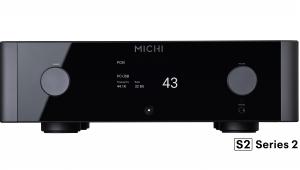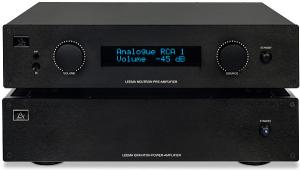Constellation Audio Pictor/Taurus Stereo pre/power amplifier Interview
Paul Miller spoke with Irv Gross, Constellation’s VP of sales, and asked about the origins of its all-FET amplifier design. ‘Originally, our engineering team laid out the criteria for a Constellation power amp, targeting the clarity, speed, transparency and scalability of our reference [fully complementary] J-FET preamp. Tests indicated that our needs could be met by building a core power module utilising FET devices throughout.’

But Constellation’s amps are based on a quasi-complementary, rather than fully complementary NPN/PNP transistor pairs, so what was the thinking here? ‘We chose a MOSFET ordinarily used in switching power supplies for our output stage, but only N-type FETs were available. So our topology operates in a modified quasi-complementary mode driven by differential P-type MOSFETs and with a low-noise, N-type differential input stage.
‘Each of these modules is arranged as a bridge to drive the load and cancel common-mode distortions – and all without an inductor for stability. The result, while not the lowest in terms of numerical distortion, is a sonically balanced mixture of harmonics after application of minimal feedback to achieve the +14dB gain per block.’
If these constitute the ‘Direct’ input, how does the ‘Balanced’ input differ? ‘Our J-FET input stage provides additional balanced gain should the attached preamplifier not be able to provide the 17V drive required to reach clipping.’

























































